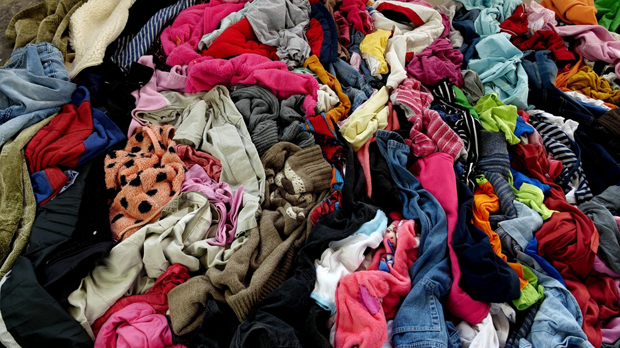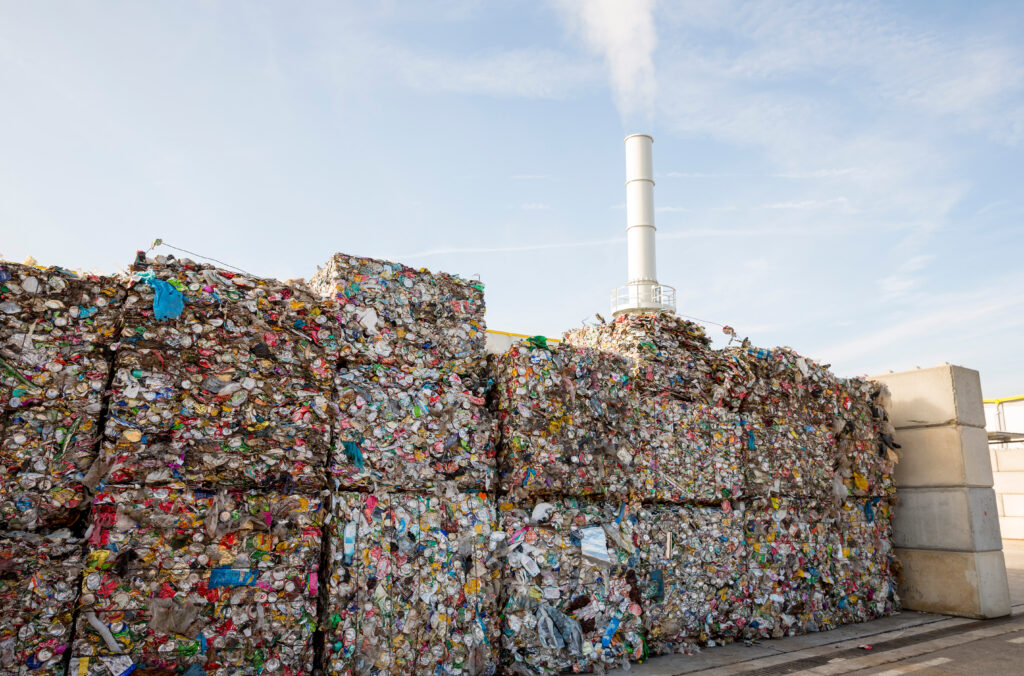James Potter, general manager for recycling and recovery at Onyx, speaking at the recent Stoneleigh Live event, pointed out that with the full provisions of the Hazardous Waste Directive coming into force on July 15 2005,specific types of hazardous waste, such as electronic waste, will have to be dealt with differently. This will require changes to be made at civic amenity (CA) sites and household waste recycling centres.
” Sites will need to be upgraded, impermeable surfaces and weatherproof covering will need to be added. As well as this staff will need to be trained and this will add costs “
– James Potter, Onyx
Before these sites can actually begin to collect waste electrical goods they will need to be upgraded, a process which is likely to be paid for by obligated companies under the terms of the Waste Electrical and Electronic Equipment (WEEE) Directive. But until the Directive is implemented any upgrades made by the sites will have to be paid for by local authorities.
And, while local authorities are gearing up to handle waste electronics, implementation of the WEEE Directive is currently delayed with an announcement over a new timetable due shortly.
Speaking at Stoneleigh Live, Mr Potter explained the costs that civic amenity sites would incur. “Sites will need to be upgraded, impermeable surfaces and weatherproof covering will need to be added. As well as this staff will need to be trained and this will add costs.”
Disposal cost
Mr Potter also said that the cost of handling the WEEE items would increase because of the need to provide recycling routes. “On top of these costs the sites will lose income due to the decrease in bric-a-brac sales and it is estimated that around 50% of the scrap metal that is collected at sites will be lost to the WEEE stream,” said Mr Potter.
Many CA sites have “totters” who sort through the skips removing items that can be sold. Mr Potter said that it was questionable whether this kind of site management would remain viable if such a significant portion of the revenue stream was removed.
But Mr Potter also said that once waste managaement companies and local authorities had a better idea of what they had to do, and when, things should be easier. “Hopefully if the timetable comes through soon we will have some idea of what is what by the end of the summer,” he said.











Subscribe for free